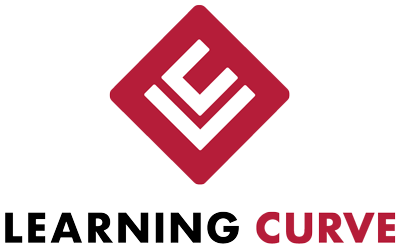The dynamics in the modern classroom are changing all the time. What remains constant is that educators must keep striving to make their lessons more engaging. Educators can create a livelier environment where their classes will stick by integrating creativity into their curricula.
There has long been a need to move from learning by memorisation to fostering critical thinking and problem-solving skills. Thanks to digital tools, educators can employ innovative teaching methods beyond this type of rote learning.
Adobe Express has precisely the suite of software tools educators need. Using methods that align with the digital age, you can find new ways to capture and maintain your students’ attention.
New tools, new focus
Educators must be adaptable, continuously learn, and embrace technological changes to keep their lessons engaging and effective. This approach benefits the students by providing them with a relevant and stimulating education. However, not all educators have the same level of digital skills.
Adobe Express has created tools that anyone can learn how to use. For example, professionally designed video templates allow you to snip, trim, and intuitively adjust video and audio content when creating videos and podcasts. To enrich your digital assets further, Adobe Express offers a range of template infographics, animations, and annotations.
Cultivating a creative classroom culture
Creative activities have been identified as a critical factor in increasing classroom engagement worldwide.
Many educators believe they need access to creative tools to make this happen. However, as we have shown, there is no need to have access to a professional-level studio to create engaging videos and podcasts. With Adobe Express, simple, creative activities like video quizzes can substantially impact the effectiveness of teachers and students.
By now, we all know that students learn more by doing, so including them in creative activities is a great benefit. Students who are engaged and interested in learning are more likely to work hard and achieve their goals.
Here are some ways that you, as an educator, can introduce a creative activity to set the stage for a learning culture committed to self-expression and deeper learning.
Always start with research
Before recording or data collection, you must thoroughly understand the context, problem, or case study. This foundational research sets the stage for developing informed questions and scripts and selecting the best media assets.
Choose the best storyteller
For any podcast or video, finding a compelling voice is paramount. Remember that strategically repeating key concepts is essential as a narrator or host, but don’t overdo it. This balance ensures clarity and reinforces main ideas without oversimplifying.
While you may often take the lead as the instructor, bringing in another subject matter expert for an interview can add a fresh perspective. If you decide to interview an external expert, maintaining an authentic tone and engaging in a natural conversation during interviews is critical. This approach should include follow-up questions and contributions that feel natural rather than scripted.
Technical preparation leads to the best quality
Proper technical preparation, including sound checks and understanding your device’s features, is vital. Consideration of location and lighting is equally important to ensure a high-quality recording.
Today, a good smartphone and some natural light are enough to record quality source material; from there, Adobe Express’s creative software can help you fine-tune your video or podcast.
Prioritise audio in editing
In editing, improving audio ensures the narrative is compelling and coherent, even when the visual element is secondary. Prioritise audio in editing, as it is a crucial element of any production.
Trim and arrange your audio-visual clips so that spoken information (e.g., narration, interview excerpts) tells a story regardless of how the video looks.
A B-roll is essential for providing context and visual interest in video production. Filming various shots and angles enriches the storytelling by offering visual metaphors and supplementary perspectives. You can knit these together seamlessly in Adobe Express.
Build a cohesive narrative
In post-production, you may need to add additional recorded elements. Watch and listen to the clips you’ve gathered, and search for concise soundbites that help build a coherent story. Be prepared to do this often, as multiple viewings can illuminate new insights.
Finalise and publish, focus on detail
Before publishing, it’s crucial to review the entire production, fine-tuning details and considering how the content engages and guides the audience. With Adobe Express, you can store all your creative assets in a helpful library.
Listen to the entire production. Edit for finer details and keep your audience in mind. How can audio-visual content or supplementary effects help guide them?
One last tip: in the spirit of inclusivity, providing transcripts for all audio-visual content is vital, ensuring accessibility for a wider audience.
Conclusion
By embracing creativity through digital tools, educators can transform their teaching methods, making academic content more engaging and impactful. Integrating well-produced videos and podcasts enriches the learning experience and plays a vital role in addressing the prevalent issue of diverse learning styles.
With these tips and insights, you are well-equipped to create compelling, educational content that resonates with your audience.









